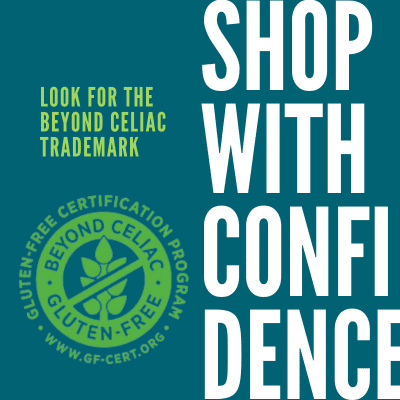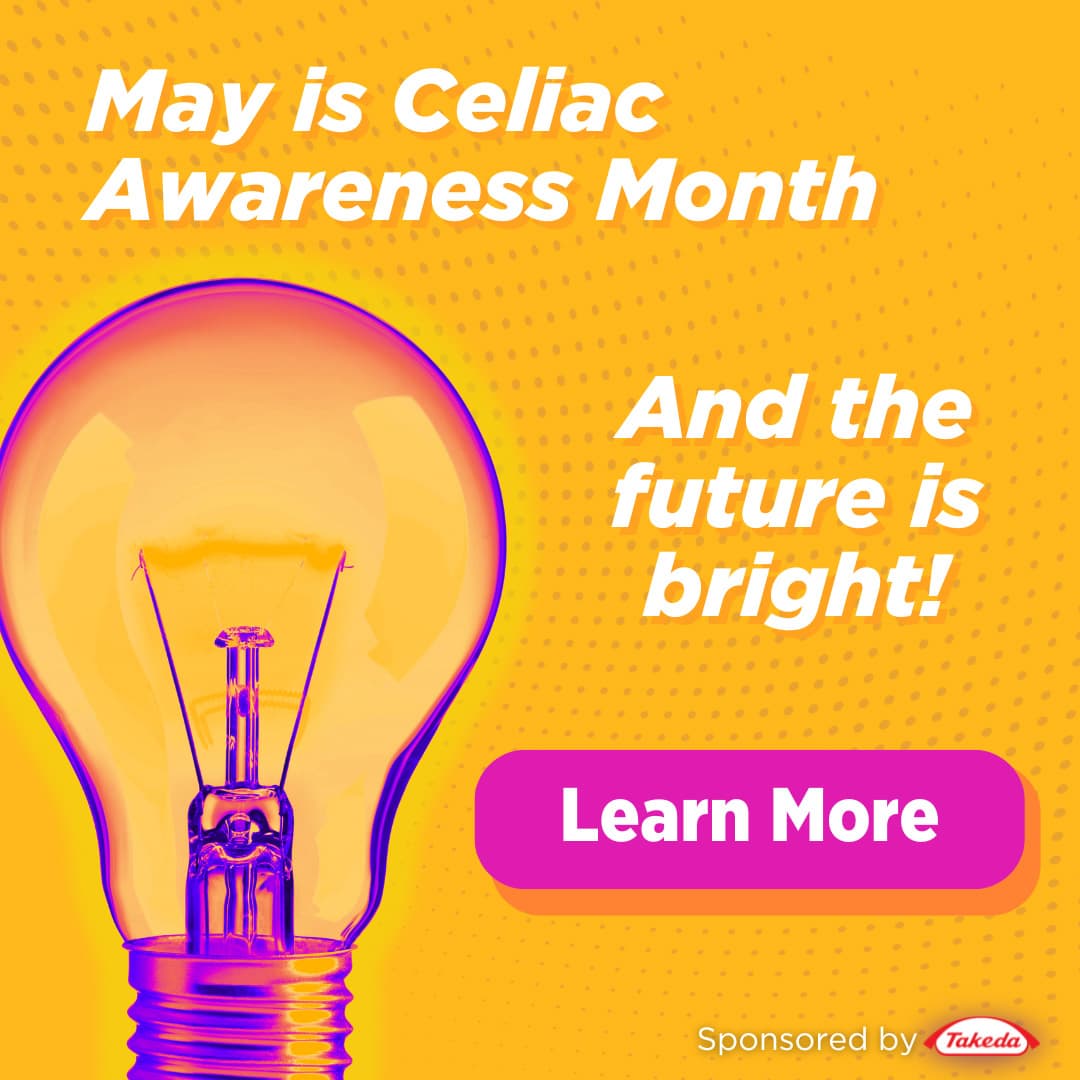The FDA’s Ruling on Gluten-Free Food Labeling
Until 2013, there were no rules or definitions to let manufacturers know which foods should and shouldn’t be labeled as “gluten-free.” Without this standard definition in place, it was difficult for people with celiac disease to know which foods were safe for the medically necessary gluten-free diet.
Today, food labeling laws surrounding the use of “gluten-free” are not perfect and can be confusing, but fear not! Beyond Celiac is here to help you navigate the U.S. Food and Drug Administration’s (FDA) gluten-free labeling rule.
About the FDA Gluten-Free Labeling Rule
The U.S. Food and Drug Administration (FDA) finalized a standard definition of “gluten-free” in August 2013. As of August 5, 2014 , all manufacturers of FDA-regulated packaged food making a gluten-free claim must comply with the guidelines outlined by the FDA.
When you see the words “gluten-free,” “free of gluten,” “no gluten,” and “without gluten,” on an FDA-regulated food, it means that the product either:
- Inherently does not contain gluten (i.e. a bag of raw carrots or bottle of water)
OR meets the following criteria:
- Does not contain an ingredient that is a whole, gluten-containing grain (i.e. wheat, barley, rye or crossbred hybrids of these grains)
- Does not contain an ingredient that is derived from a gluten-containing grain and has not been processed to remove gluten (i.e. wheat flour)
- May contain an ingredient that is derived from a gluten-containing grain that has been processed to remove gluten (i.e. wheat starch) as long as the food product contains less than 20 parts per million (ppm) of gluten
AND
- Any unavoidable gluten in the food due to cross-contact (commonly referred to as cross-contamination by the gluten-free community) or migration of gluten from packaging materials is less than 20 parts per million (ppm) gluten
![]() Download: Learn more about the FDA gluten-free labeling rule by downloading the Beyond Celiac Follow-Up Fact Sheet, which was created following our free webinar, “Understanding the FDA Gluten-Free Labeling Rule Part 1: What You Need to Know.”
Download: Learn more about the FDA gluten-free labeling rule by downloading the Beyond Celiac Follow-Up Fact Sheet, which was created following our free webinar, “Understanding the FDA Gluten-Free Labeling Rule Part 1: What You Need to Know.”
![]()
Free Webinar: Understanding the FDA Gluten-Free Labeling Rule Part 1: What You Need to Know
Understanding Less Than 20 Parts Per Million (PPM)
It is a common misconception that foods labeled “gluten-free” can or do contain zero parts per million (ppm) of gluten. At this time, no validated tests are able to accurately detect gluten at zero. Less than 20 ppm is an amount that has been deemed safe by celiac disease experts for most people living with the genetic autoimmune disease.
In 2011, Beyond Celiac Scientific/Medical Advisory Council Member Dr. Alessio Fasano of the Center for Celiac Research at Massachusetts General Hospital (formerly at the University of Maryland), wrote a letter called “In Defense of 20 Parts Per Million.” In this letter, Dr. Fasano explains why this amount has been deemed safe for most people with celiac disease.
![]()
Download: In Defense of 20 Parts Per Million
How Much Gluten is 20 PPM?
Tricia Thompson, MS, RD of Gluten-Free Watchdog, LLC uses this example:
“If you bought a bag containing one million blue marbles, but the bag actually contained 999,980 blue marbles and 20 red marbles, you could say that the bag of marbles was contaminated with 20 ppm red marbles.”
It is also important to note that research has shown that many products labeled gluten-free fall well below the less than 20 ppm threshold. Learn more about this research here, which was conducted by Thompson and fellow dietitian from the Celiac Disease Center at Columbia University, Suzanne Simpson, RD, LD.
Understanding Gluten Testing Methods
In July 2012, Beyond Celiac hosted the free webinar, “Setting the Record Straight: Dispelling Gluten-Free Manufacturing and Production Myths,” also featuring Tricia Thompson, MS, RD of Gluten Free Watchdog, LLC.
Beyond Celiac has created an abridged version of this presentation to focus on explaining the assays used to test foods for gluten and why testing is needed to ensure foods labeled gluten-free are truly gluten-free.
![]()
Download: Abridged Slideshow on Manufacturing and Production Myths
FDA Resources
- Press release announcing FDA’s
- Final rule on gluten-free labeling
- Q&A: Gluten-Free Food Labeling Final Rule
- FDA Blog: Gluten-Free Labeling Consumers Can Count On
- FDA Consumer Update: What is Gluten-Free? FDA has an Answer
Additional Resources and News
- “Foods Labeled Gluten-Free Must Now Be in Compliance with the FDA Gluten-Free Labeling Rule,” by Tricia Thompson, MS, RD, celiac disease expert and founder of Gluten Free Watchdog. August 4, 2014
- August 5, 2014:
National Foundation for Celiac Awareness Offers Consumer Resources on FDA Gluten-Free Labeling
(Note: At the time of the FDA ruling, Beyond Celiac was known as the National Foundation for Celiac Awareness. Learn more about the name change here.)




